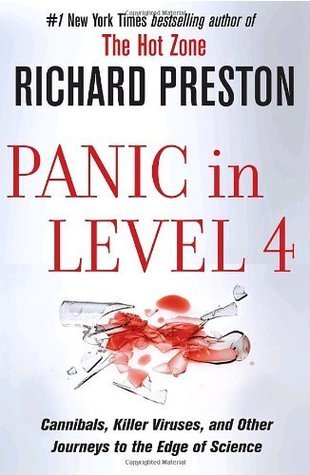What do you think?
Rate this book


241 pages, Kindle Edition
First published January 1, 2008

The Chudnovsky formula for pi is thought to be "extremely beautiful" by persons who have a good feel for numbers.I'm sure that there are plenty of people who would find this to be a fascinating essay (probably people “who have a good feel for numbers”) and, indeed, I found the characters interesting enough, but I just never got the foothold I needed in order to enjoy it per se.
